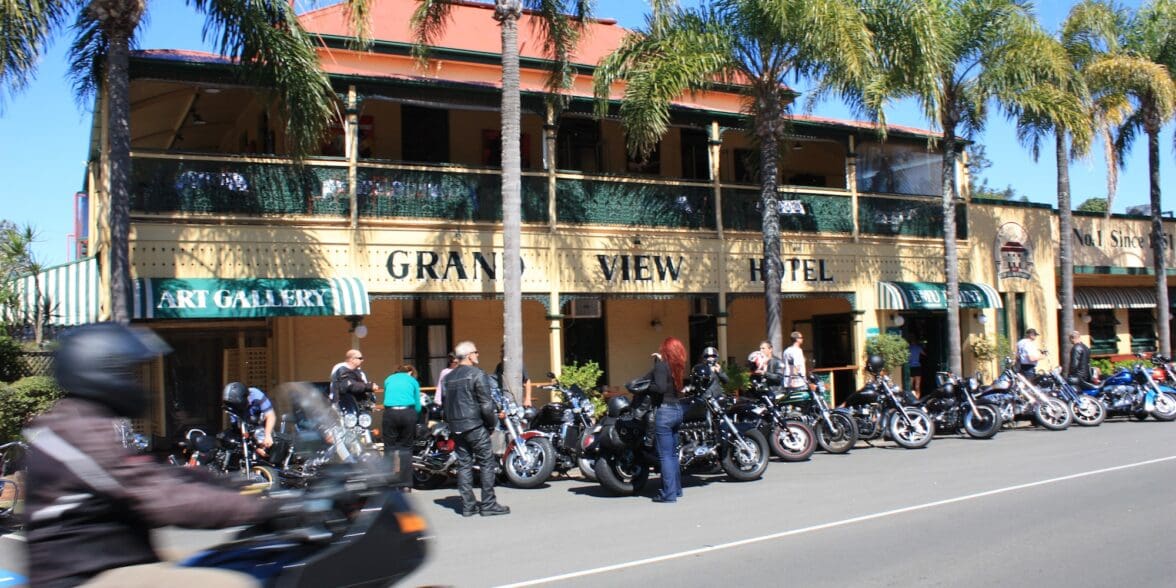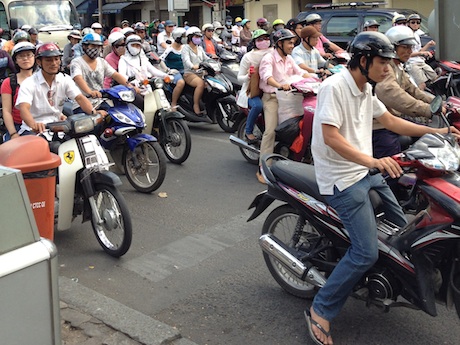A London road safety conference has found motorists would be safer if more people rode motorcycles.
The conference is titled: ‘More motorcycles could reduce casualties’ and is based on the 2008 Organisation for Economic Co-operation and Development (OECD) report which recommended reducing casualties significantly by including motorcycles in mainstream transport policy.
WHAT TO DO IF PULLED OVER BY THE POLICE
The OECD report found European countries with low ownership of powered two wheelers (PTWs) had proportionately higher rates of fatal accidents.
For example, the Netherlands has three times the number of PTWs per head of population than the UK yet riders are five times less likely to be killed.
The highest rate of PTW ownership in Europe is in Greece at 33%, and yet the fatality rate is still proportionately nearly a third of the UK rate.
Australian Motorcycle Council secretary Tony Ellis ays the conference “bears out what some of us have been saying for years – get the transport strategy right and motorcycle safety follows naturally”.
“The Poms have actually known this for years. The advent of the London Congestion Charge led to a significant increase in the use of powered two wheelers in the Greater London area and was accompanied by a significant decrease in the percentage of motorcycle and scooter crashes.
“I can’t see this gaining traction in this country however – the focus of many of the road safety industry (MUARC, CARRS-Q etc) and the bureaucracy has been on ‘reducing exposure’ (reducing the number of riders) so it would be a dramatic turnaround.”
Jacques Compagne, the Secretary General of the Association of European Motorcycle Manufacturers, also told the conference that source data from the International Traffic Safety Data and Analysis Group IRTAD shows that when at least 10% of road traffic is made up of PTWs, safety outcomes for riders improve considerably.
Delegates also heard about the Leuven Project study into a particularly congested route in Belgium. It found that when 10% of car drivers swapped to motorcycles – congestion was reduced for all road users by 40%. When 25% of car drivers swapped – congestion was eliminated altogether.
Tony welcomed reference to the Leuven report.
“There’s two local citations in the Leuven report which makes it interesting that the authorities don’t want to know – Professor Marcus Wigan’s major work and my submission to the Victorian Congestion Inquiry some time back.
“Neither of us has ever been asked about the report. It’s something which has gone totally unremarked by road and traffic authorities in this country as well as by the general media.”
British automotive insurer Equity Red Star also told the conference that motorcyclists are 23% safer behind the wheel of a car than non-motorcyclists.
Their study of 200 million policies from 2007-12, compared claims of car drivers with claims from car users who also have an insured motorcycle.
The conference is organised by the Motorcycle Industry Association and the Association of Chief Police Officers, in partnership with the Department for Transport.



